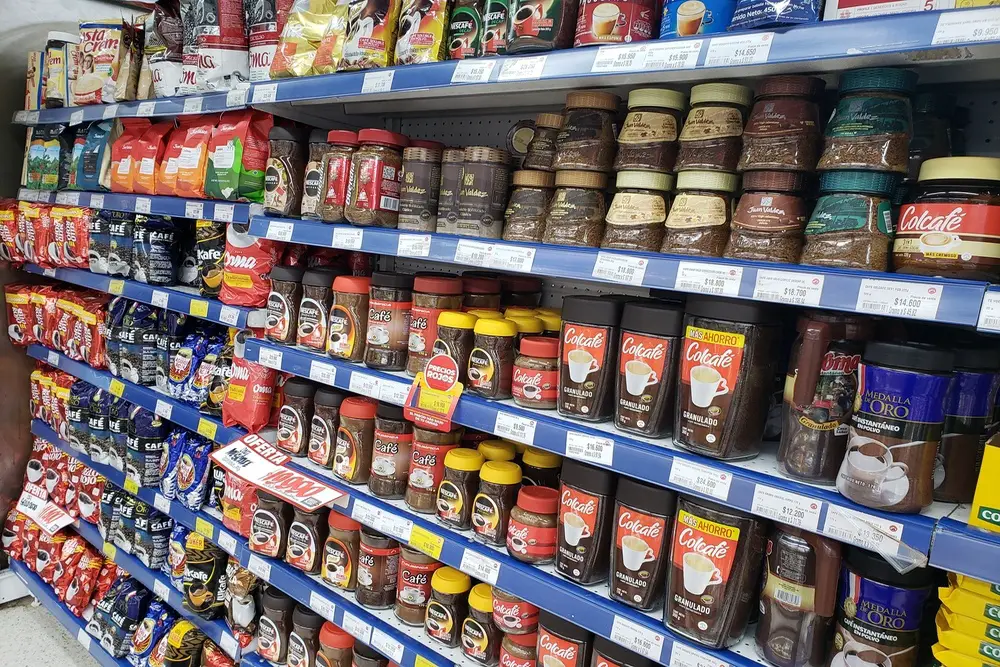There are many claims about coffee and cholesterol. Studies on how coffee increases cholesterol are conflicting. However, it is clear that coffee can increase cholesterol levels, but that depends on how the coffee is prepared and how much is drunk.
The compound in coffee that has been linked to this change in cholesterol levels and may alter your metabolic health is called cafestol.
Cafestol is found in the oils of roasted coffee beans and has been linked to high levels of “bad” (LDL) cholesterol. It has also been linked to increases in total cholesterol and triglycerides, with little effect on “good” HDL cholesterol.
Table of Contents
What is cholesterol?
Cholesterol is a waxy substance produced by the liver. It occurs naturally in the body.
In addition to the cholesterol your body produces, you also get it from certain foods. Too much LDL, the “bad” cholesterol, puts you at risk of cardiovascular disease. Most doctors recommend limiting the amount of added cholesterol in your diet.
Coffee does not contain cholesterol like many animal products. Instead, coffee affects the way the body produces cholesterol.
What is Cafestol?
Cafestol is a substance found in coffee beans. Depending on how the beans are processed and prepared, it is present in the coffee itself to varying degrees. This chemical is still being researched, but it has been shown to have a number of properties that scientists and doctors are concerned about. Both Arabica and Robusta beans have been shown to contain this compound.
The substance is a diterpene molecule, which means it belongs to the class of terpene hydrocarbons. Terpenes often have strong odors, flavors, and essential oils, and residual cafestol is one of the compounds that give coffee a slightly oily and bitter taste.
French press coffee and traditional Turkish coffee contain much more cafestol than filter coffee, which contains only small amounts of this compound.
How is Cafestol related to cholesterol levels?
This is due to coffee oils (so-called diterpenes), such as B. Cafestol. Coffee oils occur naturally in caffeinated and decaffeinated coffee.
Research shows that cafestol affects the body’s ability to metabolize and regulate cholesterol. Coffee oils can reduce bile acids and neutral sterols. This can lead to an increase in cholesterol levels.
If you have a genetic condition that slows your body’s metabolism of coffee and if you drink two or more cups of coffee a day, your risk of heart disease may be higher.
How do you remove cafestol from coffee?
Now that we know that cafestol contributes to high LDL cholesterol, how can we control it in our coffee? Well, it turns out that some coffee filtration methods significantly reduce the amount of cafestol in your cup.
Diterpenes are very easy to avoid. All you have to do is brew your coffee through a paper filter. In a study measuring the amount of cafestol in a cup of coffee brewed in this way, researchers found that only 0.15% of the cafestol found in the unbrewed coffee beans passed into the brewed cup.
Filter the coffee
Paper, cloth, or metal filters remove almost all cafestol from coffee, allowing you to have a clean cup with very little oil. Coffee brewing methods using paper and cloth filters, such as B. Pour-over and Aero Press are the best options for removing oils from coffee.
Filtered coffees, such as drip coffee and instant coffee, contain negligible amounts of cafestol in the brew because the paper filter in drip coffee retains the diterpenes and in instant coffee the diterpenes are retained during manufacture.
Are metal coffee filters better?
Metal filters can save you money in the long run, but they’re a little harder to clean. But paper filters cost more over time.
Note that metal filters produce a more robust and visually darker coffee, containing more oils and sometimes small amounts of sediment.
Does espresso coffee contain Cafestol?
Espresso coffee is somewhere in between. That means it contains less caffeine than brewed coffee or French press coffee, but more than paper-filtered coffee.
Another thing to note:
The longer the coffee beans are in hot water (e.g. French press or brewed coffee), the more time the cafestol has to get into the drink.
Cafestol in coffee capsules
Coffee capsules are fitted with paper filters and contain less cafestol than coffee that is filtered through a sieve. Likewise, espresso capsules produce much lower amounts of cafestol than regular espresso and the amounts are comparable to that of filter coffee. Coffee capsules basically work like filter coffee.
In one study, the level of cafestol in espresso made from espresso capsules was found to be 0.14mg/50ml compared to 1.0mg/50ml of cafestol in regular espresso.
Cafestol in French press
The French press is praised for making a full-bodied coffee because it uses a screen filter that doesn’t remove oils. These oils, including Cafestol, give the coffee its rich mouthfeel.
Adaptation of a French press to remove Cafestol
You can use paper filters with the French press by pouring the coffee from the French press over a paper filter or by installing a paper filter in the plunger.
Conclusion
While there is reason to be concerned that coffee raises cholesterol, there is nothing to worry about. You can reduce the risk by making drip coffee and enjoying espresso and other brews in moderation.



